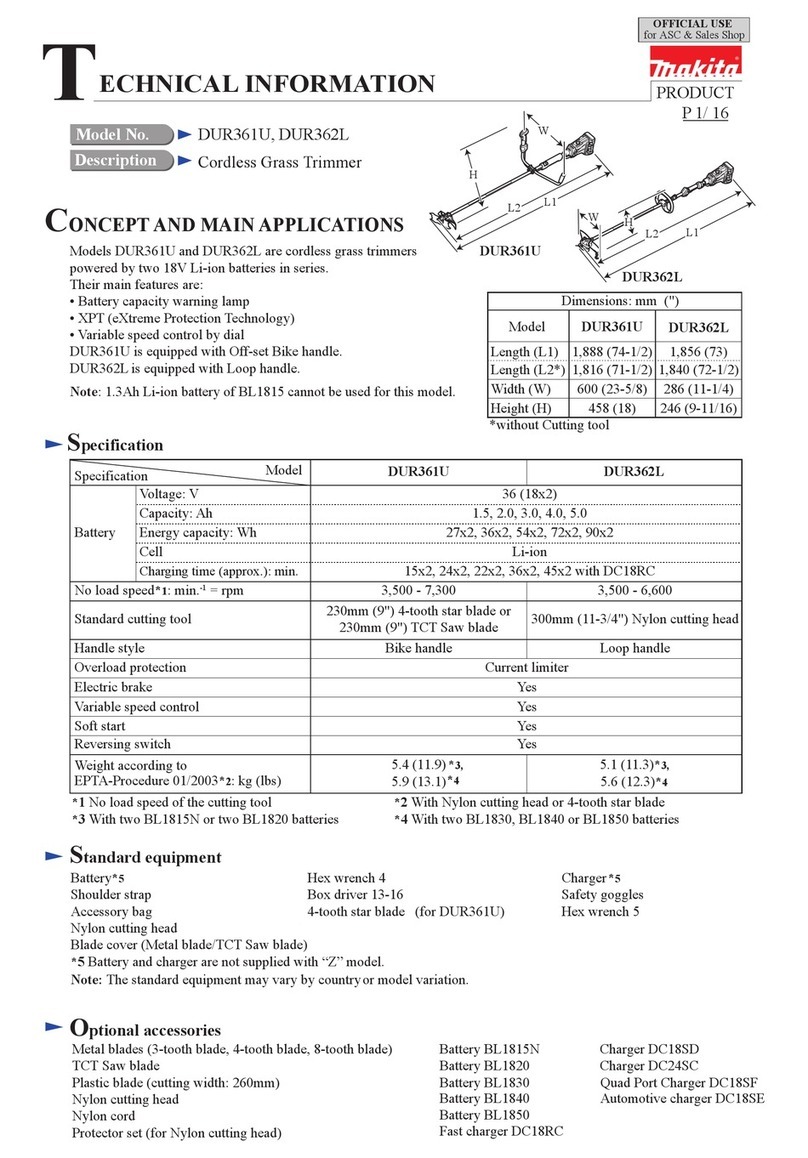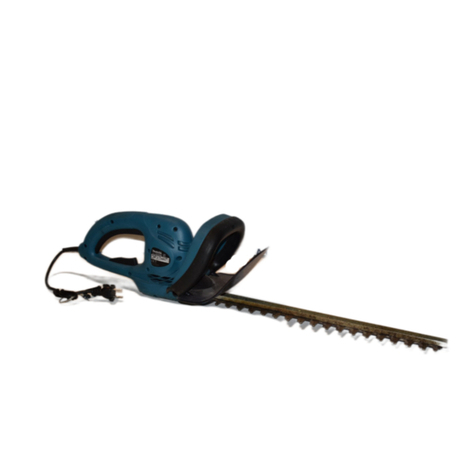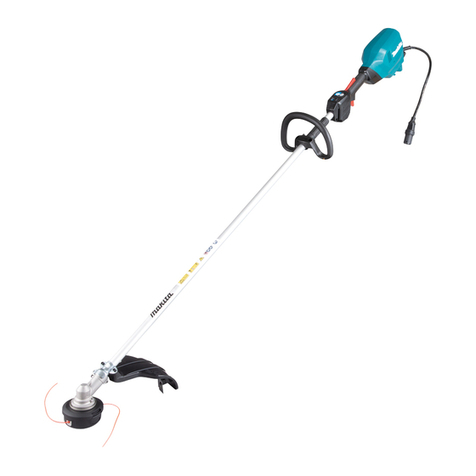Makita UR002G User manual
Other Makita Trimmer manuals
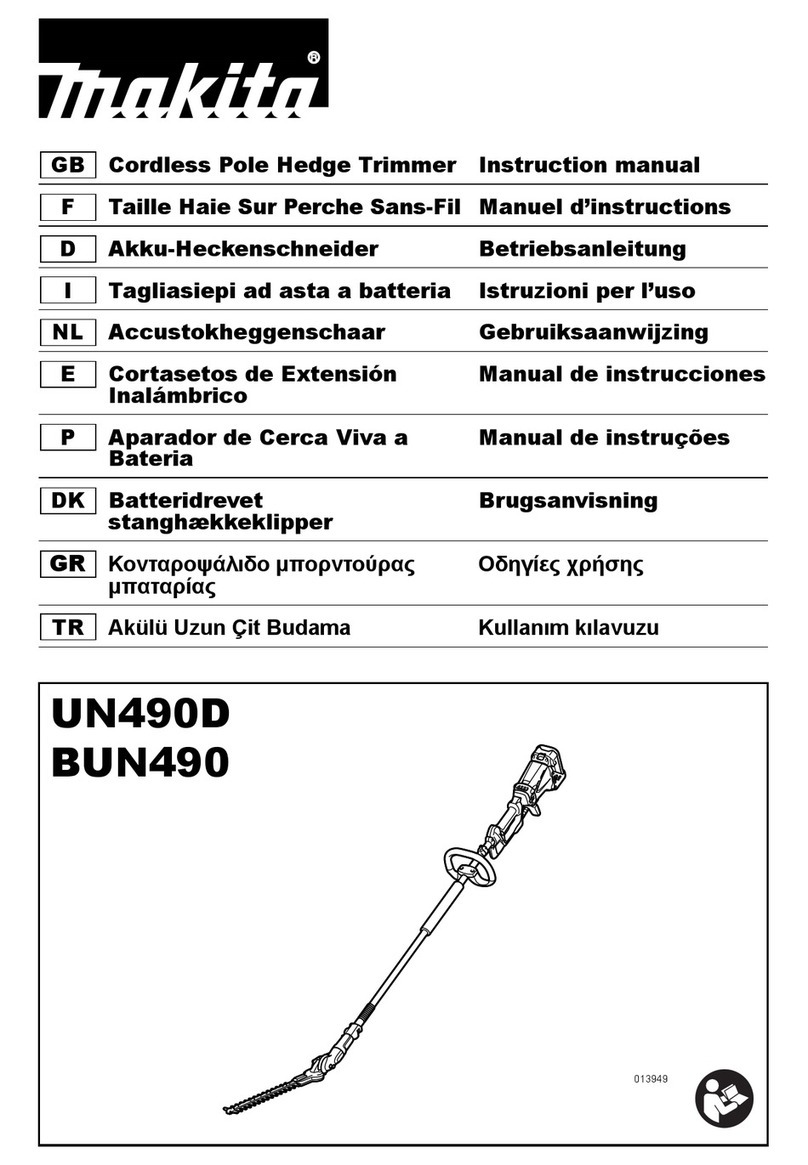
Makita
Makita BUN490 User manual
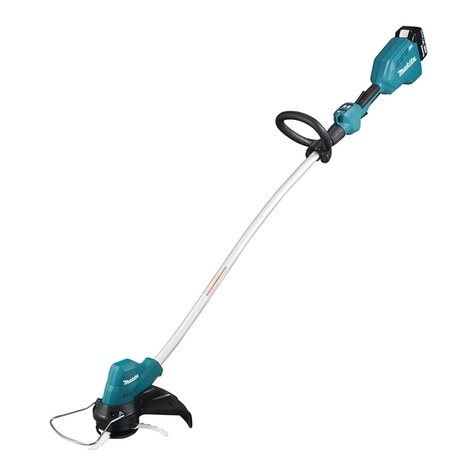
Makita
Makita DUR189RF User manual
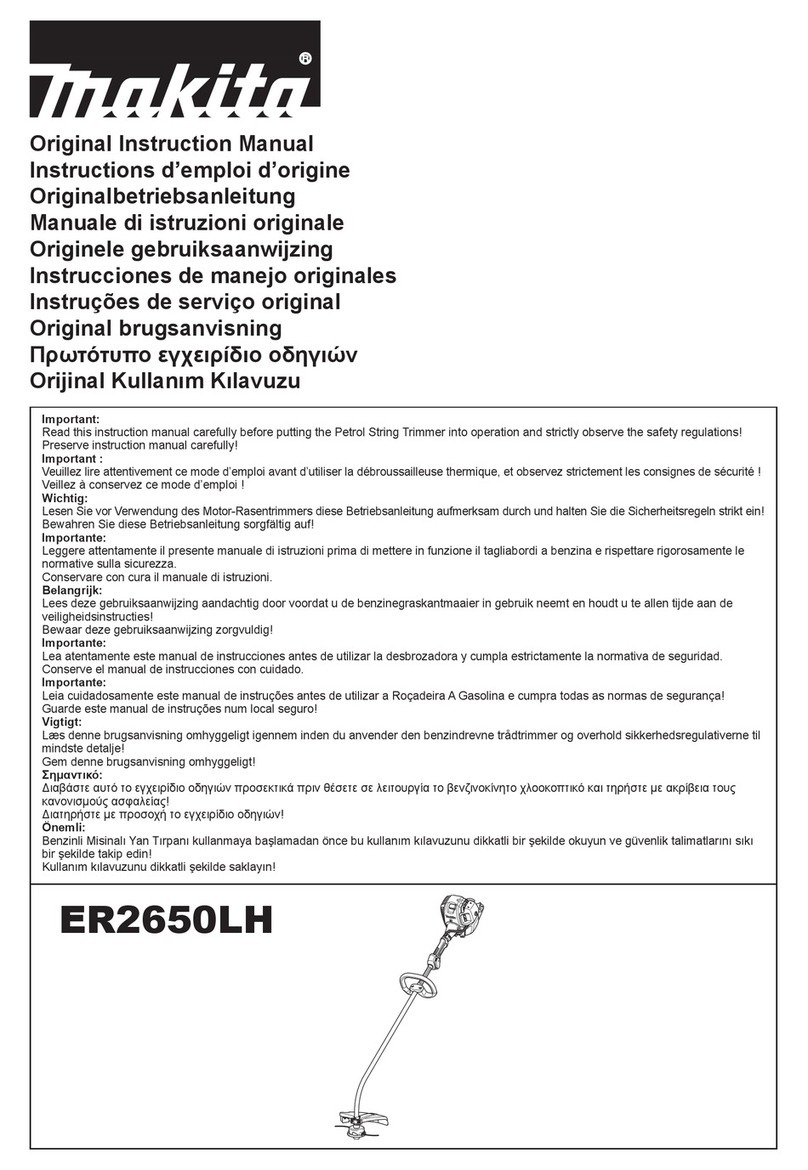
Makita
Makita ER2650LH User guide

Makita
Makita DUR187L User manual

Makita
Makita M3701 User manual

Makita
Makita DUR193 User manual
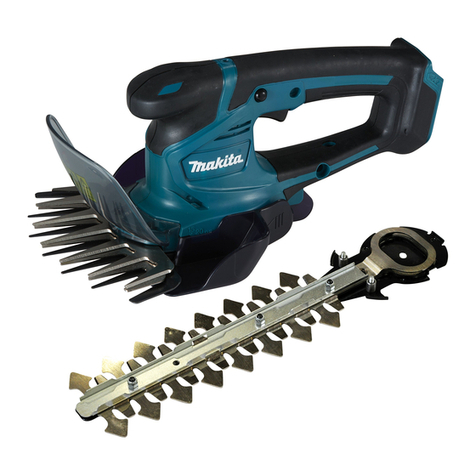
Makita
Makita UM600DZX User manual
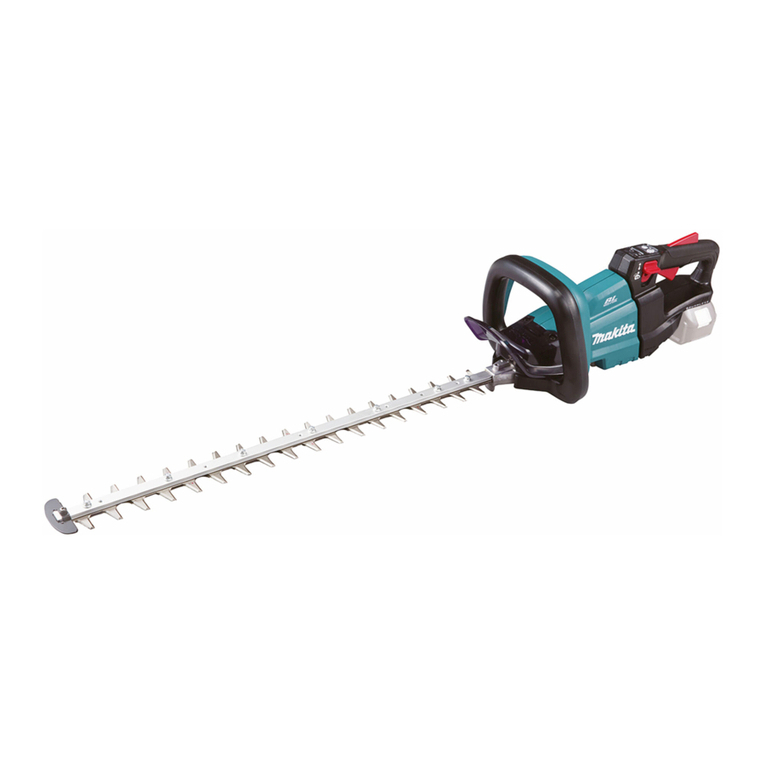
Makita
Makita DUH501 User manual

Makita
Makita HTR5600 User guide

Makita
Makita BUR141 User manual
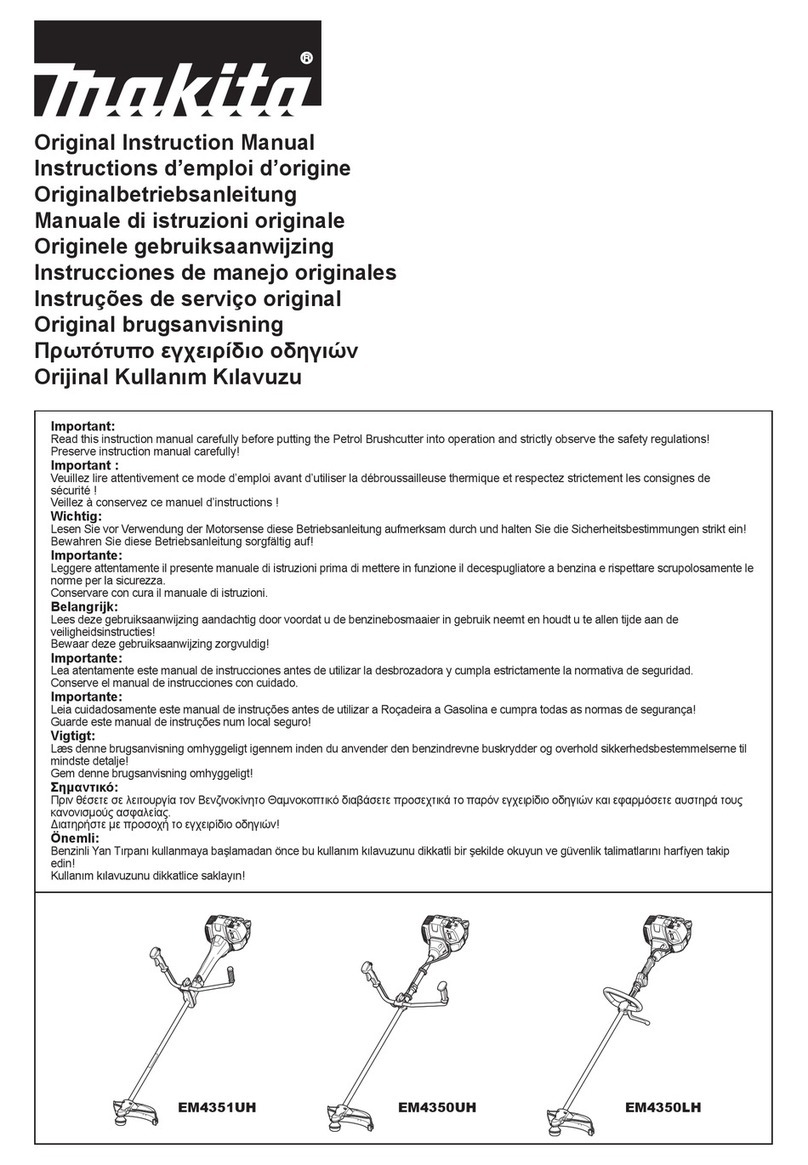
Makita
Makita EM4351UH User guide

Makita
Makita UM600D User manual

Makita
Makita BUH550 User manual

Makita
Makita DUR194 User manual
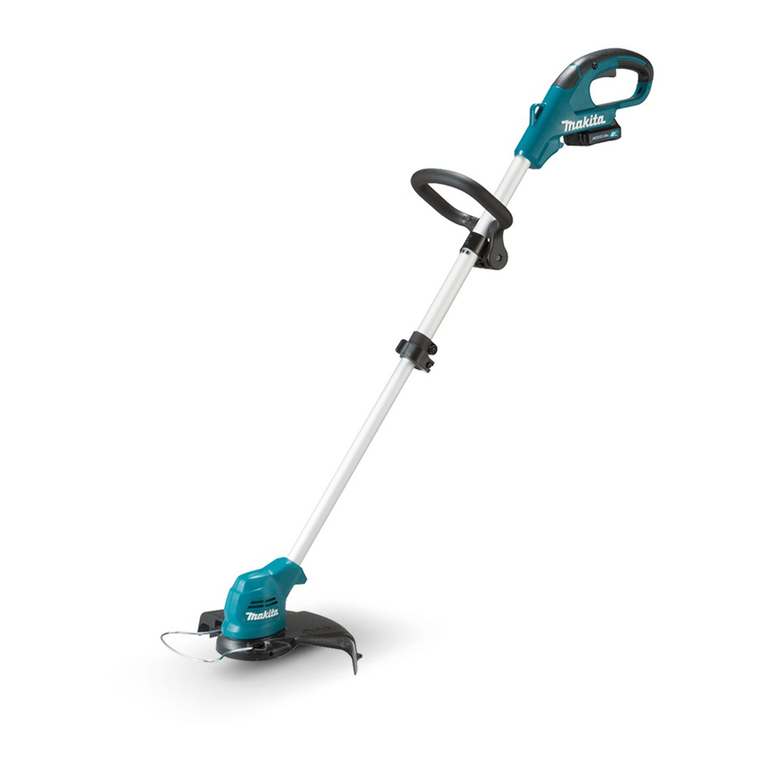
Makita
Makita UR100D User manual
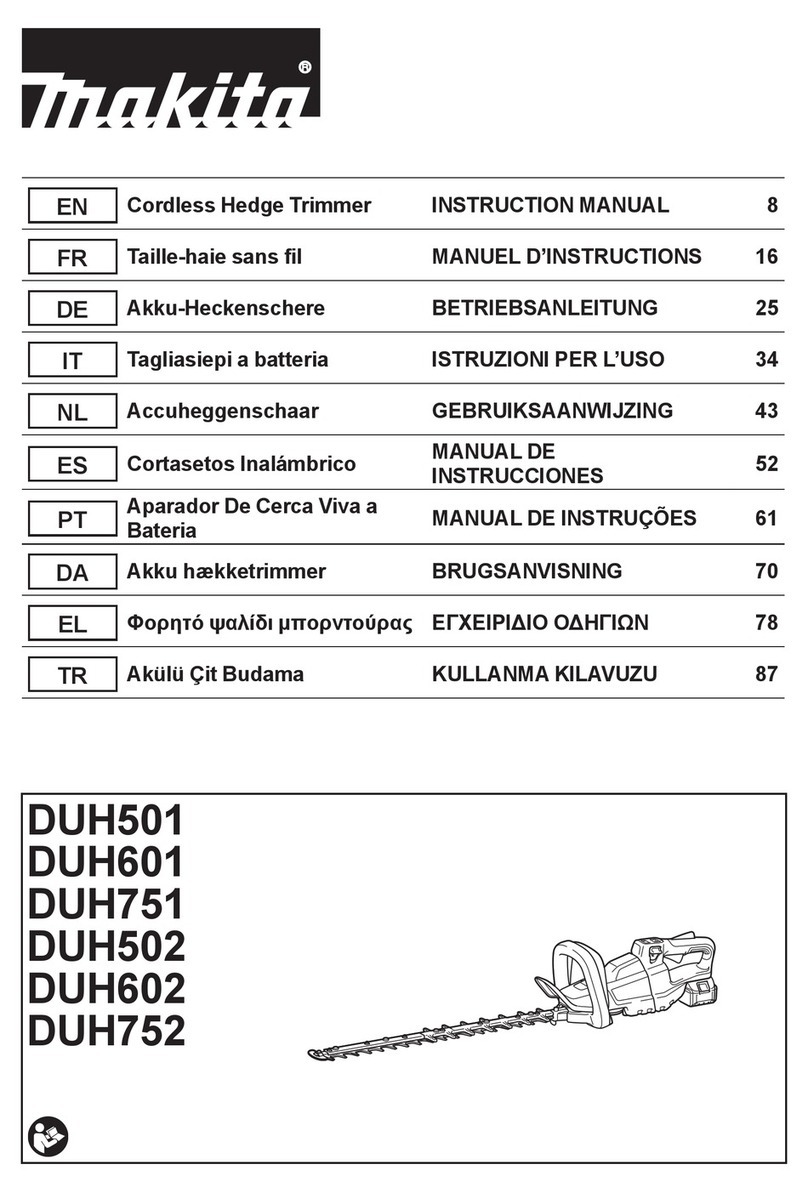
Makita
Makita DUH501 User manual

Makita
Makita BUH550 User manual

Makita
Makita BUR141 User manual
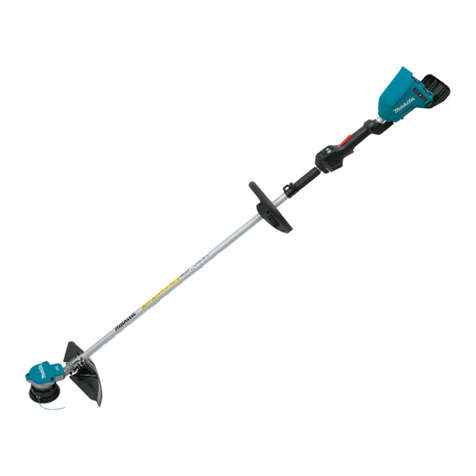
Makita
Makita XRU07 User manual
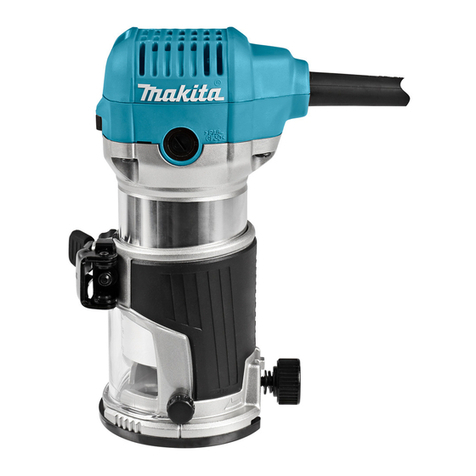
Makita
Makita RT0702C User manual
